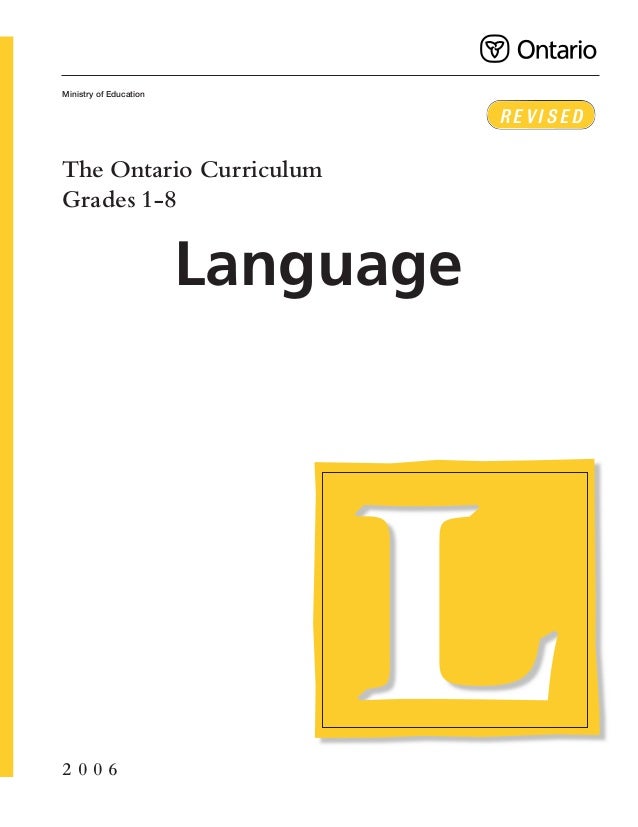Referencing: Why do we need it?
Many people can easily look up anything online and learn something new or gain a new perspective. While being able to access a huge variety of information on any given topic can be a great thing, students can run into problems with fully comprehending all the information that is thrown at them. Using an important tool like a dictionary in print 😱 can actually be more beneficial to learning reading comprehension than using a digital dictionary. I think that it is important for students to learn how to properly use a reference book like a dictionary or thesaurus in print and here are a few reasons why:
- It allows students to practice their skills in gathering information and organizing it on paper.
- It makes a huge impact on their reading comprehension skills.
- learning the basic layout of a dictionary can be further used to navigate other reference books.

While it is one achievement to learn how to phonetically understand words, another important part of
reading comprehension can be solidified through the use of a dictionary or a thesaurus. When students are able to comprehend what they are reading, they begin to feel more confident in communicating with both teachers and classmates. Specifically using a dictionary in print forces the student to do a little more to enhance their comprehension. Instead of simply right-clicking a word and learning about that one word instantly, the student must understand the layout of a reference book in order to find the information they are looking for. Through their search, they not only find the word they are looking for but they are also exposed to many other words, their meanings and uses. In doing this, students are practicing the transferable skills needed to do scholarly research papers in their future educational careers. I remember feeling overwhelmed with my first university research paper s. I think part of that overwhelming feeling I had was because I didn't feel confident in my referencing skills. I think that learning these skills and putting them into practice as early as elementary school grades would help students in their futures. I also think that it could definitely eliminate some of the overwhelming feelings students may have when writing research papers in higher grade levels.
How do we teach 21st Century Learners to use a reference book in print?
Of course, there is a huge number of activities to choose from online to introduce these skills to your students. While it is great to be able to have access to all sorts of information, it is our job to show students how being able to use a reference book in print is just as important as a digital version. Like I have mentioned before it is important to begin practicing these skills as you are learning to read. Having a student flip through the
pages of a dictionary gives them the opportunity to gain an understanding to multiple words instead of a specific word typed into a search engine. Here are a few resources I have found online to introduce the layout of a dictionary and referencing skills in the classroom:
 |
| http://bit.ly/2yNJyfa |
The Dictionary Scavenger Hunt.
This is a fun activity to introduce young students to use the dictionary. It contains a variety of questions the students must find in the dictionary. The activity gets students to explore the dictionary, get acquainted with its structure and get to understand how much information they can find in its pages. The example shown here is a very simple one geared towards primary grades, but you can always update the questions to fit the level of your classroom.
The Sound it Out Activity
This is a good
pre-lesson activity, it can help you as a teacher gauge each individuals reading comprehension skills while incorporating the practice of referencing skills. The way the activity works is that the phonetic spellings of words and a photocopied page out of a dictionary are distributed to the students. The students must then match the phonetic spelling with the correct spelling of the word found on the dictionary page. I would like to try this lesson in a junior level class, I think that it allows students to make connections to the sounds of words, their meanings and their place in context.
A Word Collection
 |
| http://bit.ly/2z3WLBI |
This activity is great for multiple reasons. First it gets students to log their dictionary use, secondly it is a great way to practice writing and lastly, it helps students understand the appropriate context for a word. The activity is an ongoing
collection of words in a notebook throughout the year. The students are to divide it alphabetically and as they find words that they do not understand they are instructed to look it up in the dictionary, write out the word its definition and one sentence using the word in proper context. I think that I would definitely use this activity in my own classroom. I think that it could work well in both junior and intermediate classes.









